Business in the Central African Republic

Foreign Trade and Business in the Central African Republic (CAR). Mining (gold, diamonds). Bangui
- Introduction to the Central African Republic (Central Africa)
- Economy of the Central African Republic (CAR)
- International Trade of the Central African Republic
- Case Study:
- Transport in the Central African Republic
- Telecommunications
- Kamach Group
- Access to the Central African Market
- Business Plan for the Central African Republic
The aims of the subject “Foreign Trade and Business in the Central African Republic” are the following:
- To analyze the Central African Economy and Global Trade
- To know the trade opportunities in the Central African Republic
- To explore the Central African trade relations with the country of the student
- To know the Central African Trade Agreements
- To examine the profile of Central African Companies
- To develop a business plan for the Central African Market

The Subject “Foreign Trade and Business in the Central African Republic” belongs to the following Online Programs taught by EENI Global Business School:
Master in Business in Africa, Transport in Africa, International Business, International Transport.
Doctorate in African Business, World Trade.


EENI Partnerships with Educational Institutions
Languages:  (
( République centrafricaine
République centrafricaine  Centroafricana
Centroafricana  Centro-africana).
Centro-africana).
- Credits of the subject “Doing Business in the Central African Republic”: 1

- Duration: one week

International Trade and Business in the Central African Republic
The Central African Republic: a country in economic transition.
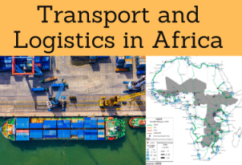
Transport and Logistics in the Central African Republic
- Nearest Ports:
- Trans-African corridors;



Trade Agreements and Preferential Access of the Central African Republic:
- The Central African Republic and the Central African Economic Area
- Economic Community of Central African States (ECCAS)
- Central African Economic and Monetary Community (CEMAC)
- Community of Sahel-Saharan States (CEN-SAD)
- African Continental Free-Trade Area
- EU-Central African Republic
- The U.S.-Central African Republic
- AGOA
- Conference on the Great Lakes Region
- OHADA
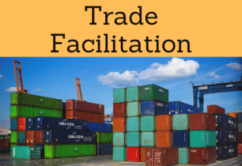
- WTO
- GATS
- Agreement on Sanitary Measures
- Agreement on Technical Barriers to Trade
- Agreement on Preshipment Inspection
- Agreement on Safeguards
- Trade Facilitation Agreement
- WCO
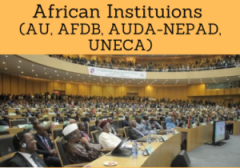
African Trade and Economic Organizations. The Central African Republic is a member of:
- Economic Commission for Africa
- African Union
- AU Convention on Preventing and Combating Corruption (not signed)
- AUDA-NEPAD
- African Development Bank
- China-Africa Cooperation
- Africa-India Cooperation
- Africa-BRICS
- Africa-South America Summit
- Afro-Arab Cooperation
- BADEA

- OIC - Observer State
- International Organization of Francophonie
- UN
- WB
- WTO
- IMF
- The Central African Republic (Africa) reached the limit of the Heavily Indebted Poor Countries Initiative
- Poverty is a real phenomenon in the Central African Republic: 67% of the population (2,618,000 people) lives below the poverty line
- Main cities in the Central African Republic: Bangui (capital), Bimbo, Mbaiki, Berbérati, Carnot, and Bambari Bouar
- Official languages of the Central African Republic: French and Sango
- Central African Population: 5.1 million people
- Area of the Central African Republic: 623,000 km²
- Independence of the Central African Republic: 1960 (France)
- Neighboring countries: Sudan, South Sudan, Chad, Cameroon, the Republic of the Congo, and the DR Congo
More information: The Central African Republic (EENI African Business Portal).
religion in the Central African Republic.
- African Traditional Religions
- Christianity:
- Catholicism (0.9 million)
- Protestants (0.9 million)
- Islam
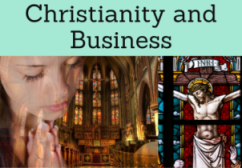
The Central African Republic belongs to the Central African Economic Area.
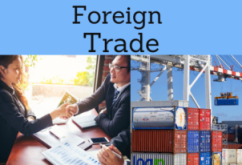
Economy of the Central African Republic.
- Serious political crisis in the Central African Republic: Transition Framework (self-proclaimed President)
- Inflation in the Central African Republic: 6.5%
- Central African Currency: CFA
- Most dynamic sector in the Central African Republic: new technologies
- Mining potential: diamonds, gold, uranium, iron, and petrol
- Agriculture accounts for 55% of the GDP in the Central African Republic
- Main crops in the Central African Republic: cassava, plantain, maize (corn), coffee, cotton, and snuff
- The Northwest and Centre of the Central African Republic represents a significant agricultural region for the cotton crops and sugar-cane
- Forestry in the Central African Republic contributes significantly to the Central African GDP, with extensive tropical timber resources
- Mining (gold) represents another important resource for the Central African Republic regarding the export earnings: official diamond jewellery production (mostly artisanal) was 500,000 carats annually
- The Industrial base is almost non-existent and has not been sufficiently developed in comparison with the neighboring countries (such as Cameroon)
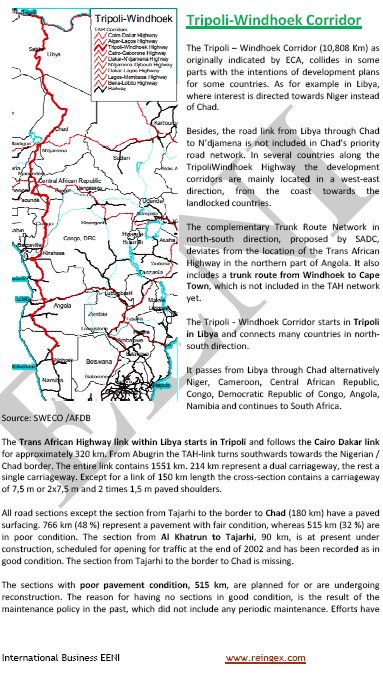
(c) EENI Global Business School (1995-2024)
We do not use cookies
Top of this page



